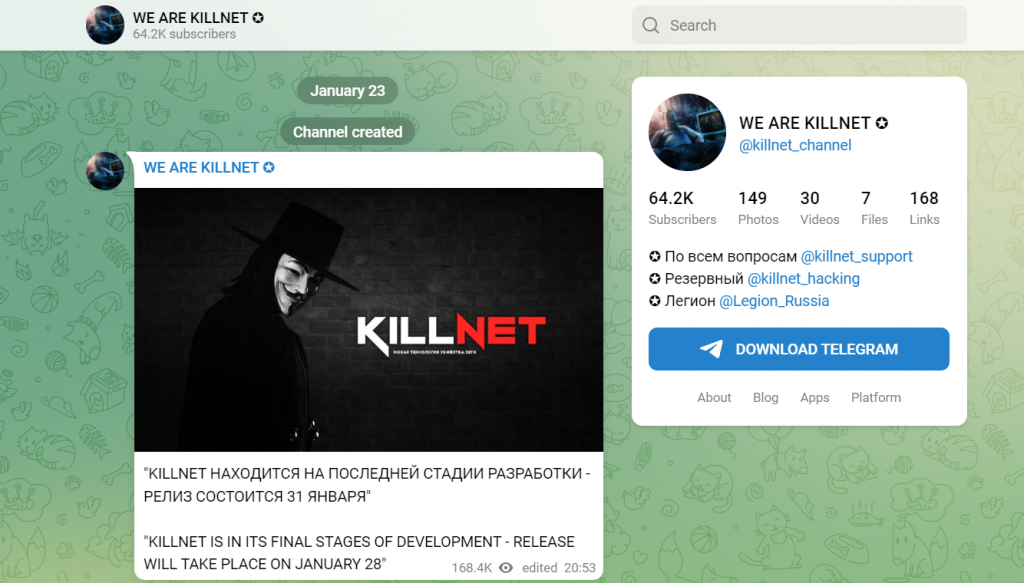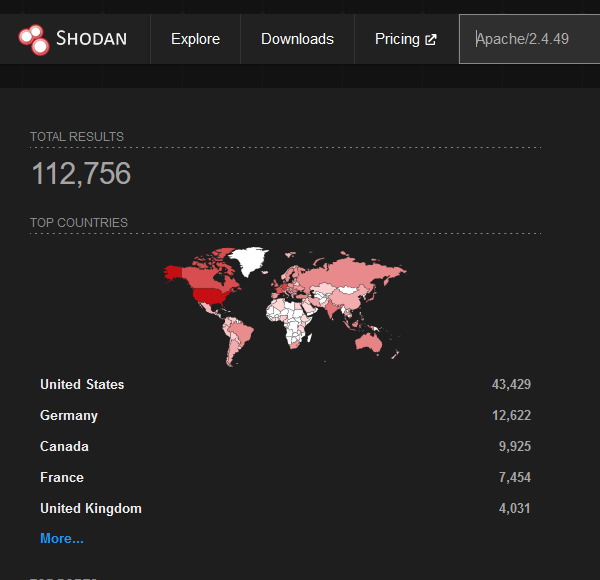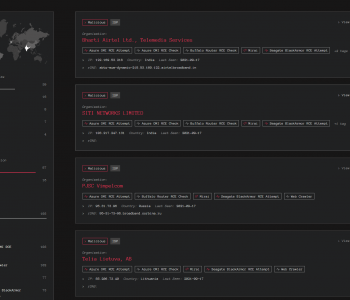
Learn to SOC: Java Webshell via confluence
When running honeypots you never have to wait too long for something to drop!
This moring we had a new hit in the pot, so I decided to invesigate but also to blog and show how we could go about investigating the logs and paylods etc.
Read more “Learn to SOC: Java Webshell via confluence”







